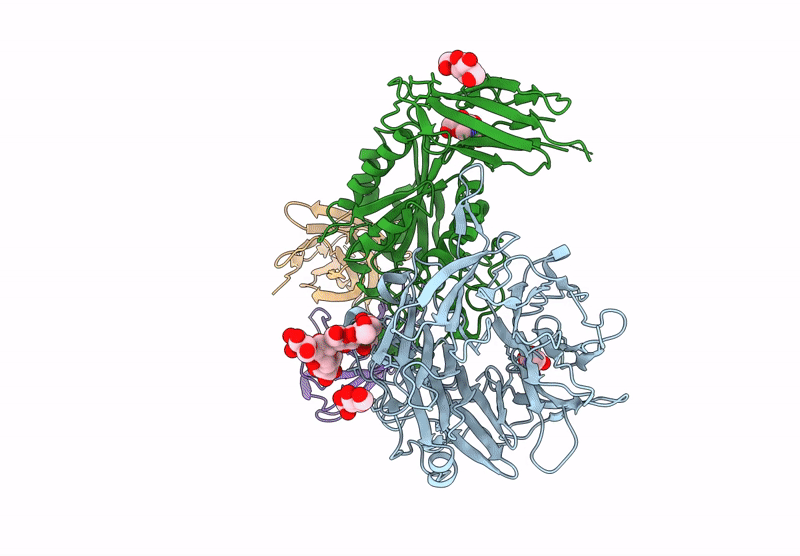
Deposition Date
2024-07-06
Release Date
2025-01-22
Last Version Date
2025-01-22
Entry Detail
PDB ID:
9IND
Keywords:
Title:
Integrin alpha-v beta-8 in complex with the Fab of 130H2
Biological Source:
Source Organism:
Homo sapiens (Taxon ID: 9606)
Mus musculus (Taxon ID: 10090)
Mus musculus (Taxon ID: 10090)
Host Organism:
Method Details:
Experimental Method:
Resolution:
2.88 Å
Aggregation State:
PARTICLE
Reconstruction Method:
SINGLE PARTICLE


